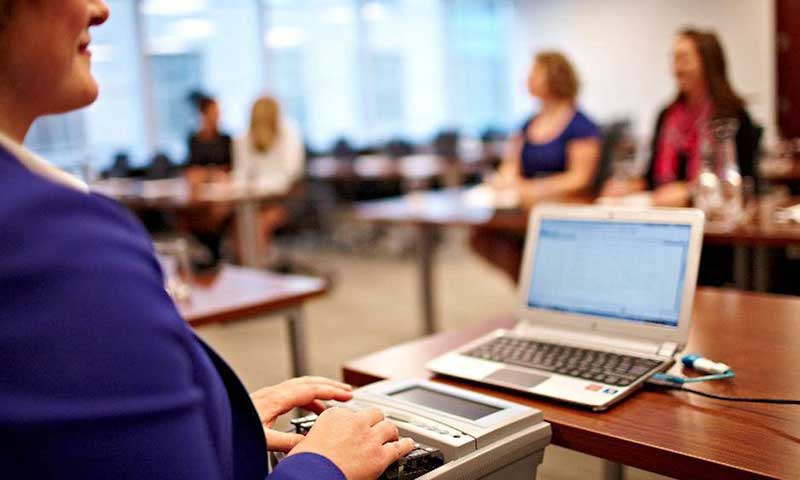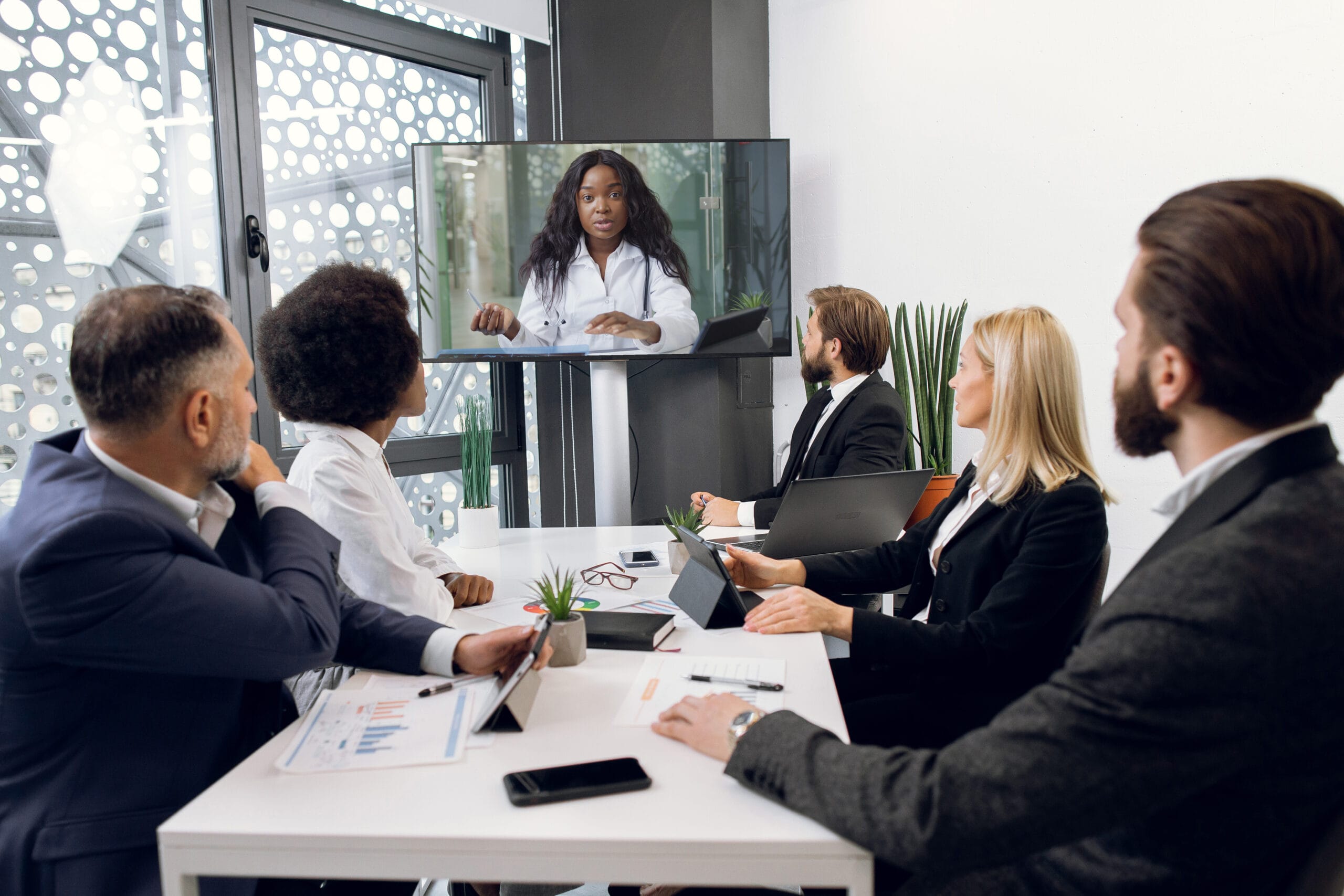Unlocking the Tricks of Effective Trial Discussions: An Extensive Method
In the world of lawful technique, the performance of trial presentations can usually identify the end result of a case. An extensive approach that consists of comprehending the audience, crafting compelling narratives, and utilizing reliable distribution techniques is vital for attorneys intending to make a lasting impact. By tactically customizing presentations and using visual aids, one can streamline complicated legal arguments and enhance engagement. Nevertheless, the subtleties of getting ready for unforeseeable concerns and preserving composure need more expedition, as they are crucial to mastering the art of persuasion in the court.
Recognizing Your Target Market
Recognizing your target market is an essential element of supplying a successful trial discussion. Knowing who will certainly be receiving the info permits presenters to customize their method efficiently, making certain that the message resonates with jurors, courts, and other stakeholders. This involves not only recognizing their market features however likewise understanding their values, ideas, and prospective prejudices that might influence their perceptions.
Research suggests that jurors often bring individual experiences and preconditioned notions right into the courtroom. For that reason, it is important to engage with them on a relatable degree, offering disagreements that straighten with their perspectives while simultaneously testing them respectfully. The capability to anticipate their inquiries and worries can dramatically enhance the persuasiveness of the discussion.
In addition, a reliable trial presentation needs an understanding of the jurors' interest spans and cognitive processing styles. Speakers need to aim to simplify complex legal ideas and make use of aesthetic aids that assist in comprehension. By leveraging this target market insight, lawyers can create a narrative that is not only compelling yet also memorable, eventually directing jurors toward a favorable choice. Adapting interaction approaches to fit the audience is not simply advantageous; it is necessary for success in the court room.
Crafting Compelling Stories

To develop an effective narrative, lawyers should begin by determining the core message they wish to communicate (trial presentation). This message needs to be clear and consistent, permitting jurors to comply with the tale without confusion. Incorporating relatable characters, vibrant descriptions, and emotional arcs can substantially boost the narrative, making it extra remarkable and convincing
In addition, it is vital to provide the story in a logical sequence. Utilizing chronological order or thematic company can help jurors grasp the unraveling occasions and their implications. Attorneys ought to also bear in mind the pacing, making sure that key minutes obtain suitable visit site emphasis while preserving the general circulation of the presentation.
Eventually, an engaging story can link the gap between lawful intricacies and human experiences, allowing jurors to attach with the situation on both intellectual and psychological levels. This connection can significantly affect their deliberations and the final outcome of the test.
Aesthetic Help and Innovation
Effective usage of aesthetic aids and modern technology can substantially boost test presentations, offering jurors with clear and appealing depictions of intricate details - trial presentation. By integrating properly designed charts, charts, and images, attorneys can boil down elaborate information right into absorbable layouts that help with understanding. Such aesthetic elements offer not just to show bottom lines however likewise to enhance the story established during the trial
Furthermore, technology can enhance interactivity, permitting real-time demonstrations or simulations that can vividly illustrate events or useful reference situations pertinent to the case. Devices such as video clip proof, interactive timelines, and 3D models can bring a sense of realistic look that fixed discussions lack. These developments not just capture attention yet likewise help in memory retention, ensuring that jurors can remember essential information throughout deliberation.
Overloading jurors with too much information or overly complex visuals can lead to complication rather than quality. Instead, a calculated choice of pertinent visuals, paired with succinct explanations, can develop a more convincing and impactful presentation.
Reliable Delivery Strategies
A lawyer's delivery techniques can significantly affect the effect of their test discussions. To establish reliability and engage the court, attorneys must master different distribution approaches. Trick amongst these strategies is preserving eye contact, which cultivates a connection with jurors and boosts the persuasiveness of the debate. Additionally, the attorney's voice inflection-- varying pitch, tone, and quantity-- can emphasize crucial points and share feeling, making the presentation much more compelling.
Body movement likewise plays a vital role. trial presentation. Confident posture and deliberate motions reinforce the spoken word, while avoiding disruptive activities can maintain the jury focused on the message. Pauses, tactically made use of, allow jurors to absorb complicated info and create anticipation for what complies with
Additionally, a lawyer must customize their delivery to the target market, considering elements such as juror demographics and instance specifics. This personalization helps guarantee that the message resonates a lot more deeply. Rehearsing the presentation in front of peers can give useful responses on distribution design, making it possible for improvements that improve performance. By sharpening these distribution her explanation techniques, lawyers can substantially boost their test presentations and boost their opportunities of success.
Preparing for Q&A Sessions
Grasping shipment strategies lays a solid structure for an attorney's effectiveness in test presentations, but similarly crucial is the prep work for Q&A sessions that typically adhere to. Efficient preparation for these sessions makes sure that attorneys can address questions confidently and persuasively, reinforcing their arguments and keeping reliability.


To prepare, lawyers ought to expect potential inquiries from jurors, opposing advise, and judges. This entails a detailed review of situation products and comprehending the opposing disagreements. Producing a listing of possible inquiries aids in establishing accurate, concise actions that directly deal with the worries raised.
Additionally, attorneys need to exercise their responses, either via simulated Q&A sessions or by involving associates for feedback. This technique not only boosts confidence but likewise aids fine-tune delivery and tone, making sure quality under pressure.
Verdict
Finally, effective trial presentations pivot on a complex technique that includes a deep understanding of the target market, the advancement of compelling stories, and the critical use of visual help and innovation. Efficient shipment strategies and detailed prep work for expected concerns better improve the presentation's influence. By incorporating these aspects, lawful experts can considerably improve their ability to connect convincing disagreements, inevitably influencing juror understanding and decision-making in the courtroom.